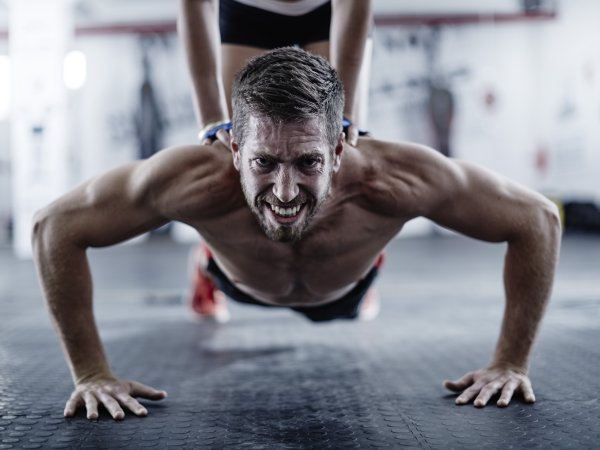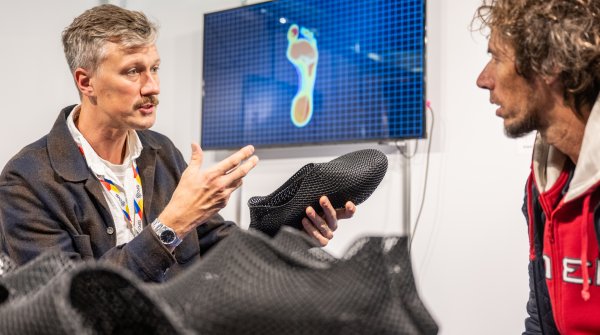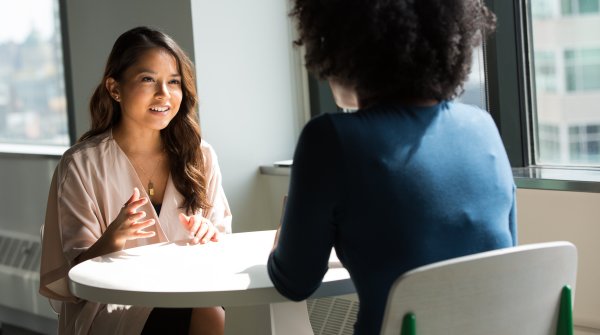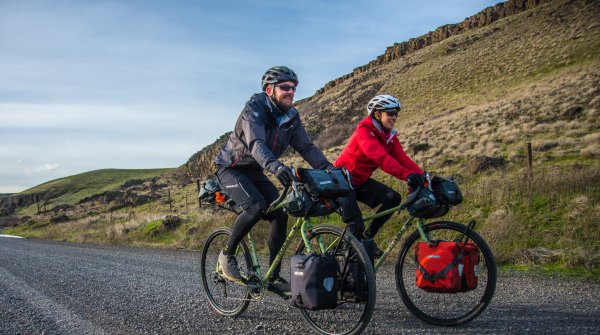Anyone who exercises regularly and still gets sore muscles is doing something wrong. Either they are including a new exercise or sport in their training program without sufficient preparation or they are increasing the workload too much.
At an optimal stimulation threshold, which is necessary for muscle building, the muscles do not ache. They are a little tense, but you can move without restriction. This is the desired training effect to build muscles for more strength and/or endurance. This is the optimum intensity.
If the body is regularly exposed to too much stimulation through sport, there is a risk of overtraining. The desired effect fails to materialize and performance even declines.
In concrete terms, this means that people who continue to train despite sore muscles and do not take a break weaken their performance - even strains, muscle tears or even muscle ruptures can occur.
Sore muscles are an alarm signal from the body. The pain indicates that certain muscle areas have been overused.
The principle: every movement of the human body involves muscles, which make up 45 percent of our weight on average. When the muscles contract, the tendons move with them and pull on the bones.
If a certain movement is performed regularly, the muscle cells within the muscle fibers strengthen. However, if the exercise causes overload, the body needs significantly longer than the usual 24 to 48 hours to regenerate.
Only after the supply of nutrients to the cells is balanced again are the muscles resilient again, for a certain period of time even stronger than before. This is deliberately exploited during training to build muscle.
The word "hangover" in sore muscles comes from "catarrh", which actually refers to a disease of the throat. The feeling after drinking too much alcohol is also commonly referred to as a hangover. Either way, the word indicates a problem with the body. Something is wrong with your fitness.
If a muscle is subjected to too much strain, microscopic tears appear in its fibers. Water penetrates these tears and small edemas form. The pressure of the water causes the pain. The water also means that the muscle fibers can no longer be stretched as well, they feel stiff and tense.
The body can heal muscle cell injuries on its own, but it takes up to ten days to do so. If training is only continued after this period, the muscles are built up. There is no point before then. You risk the injuries already described and ensure an even longer regeneration cycle yourself. The duration of the forced break increases.
The good news is that you can generally train and continue doing sport despite sore muscles. Only the affected muscles should be spared during the regeneration phase. So if your legs are sore, for example, you can try light dumbbell training to prevent the loss of hard-earned muscle mass.
In general, gentle endurance sports without stretching, pushing and jumping movements are recommended, for example slow and steady swimming, walking or a moderate round on the treadmill. From a medical point of view, it is even good to exercise with sore muscles, as this stimulates the blood circulation.
But be careful: the restricted freedom of movement also increases the risk of injury.
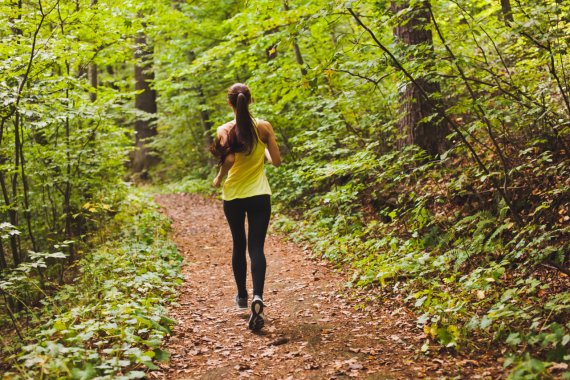
So far, there is no effective medicine for sore muscles. Protein, i.e. protein-rich food, and plenty to drink help to stimulate the regeneration processes in the body. Heat from a sauna or hot bath relieves the pain, and light massages to loosen tense muscles are also beneficial.
However, the most effective means of prevention is and remains to optimize your training plan.
Is it advisable to exercise despite sore muscles?
In general, you can train despite sore muscles. However, it is important to take it easy on the affected muscles during the regeneration phase. If you have sore muscles in your legs, you could try light dumbbell training, for example.
What causes sore muscles?
Muscle soreness occurs when a muscle is strained too much, resulting in microscopic tears in its fibers. Water penetrates these tears, causing pain and making the muscles stiff.
How long does it take to recover from sore muscles?
The body can heal muscle cell injuries itself, but needs up to ten days to do so. Only after this time should training be continued in order to build up muscles effectively and reduce the risk of injury.
What activities are recommended for sore muscles?
In principle, sport with sore muscles is permitted. It just depends on what exactly you do. Gentle endurance sports without stretching, pushing and jumping movements are ideal, e.g. slow swimming, walking or a moderate round on the treadmill. It is good to stimulate blood circulation through such activities.
Is there effective medication for sore muscles?
There is no specific medication for sore muscles. However, protein-rich food, plenty to drink, warmth and light massages can help to alleviate the pain and speed up the regeneration process.
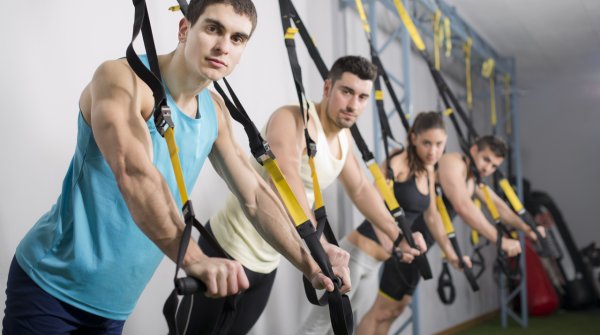 Know-HowThe 11 Best TRX Exercises
Know-HowThe 11 Best TRX Exercises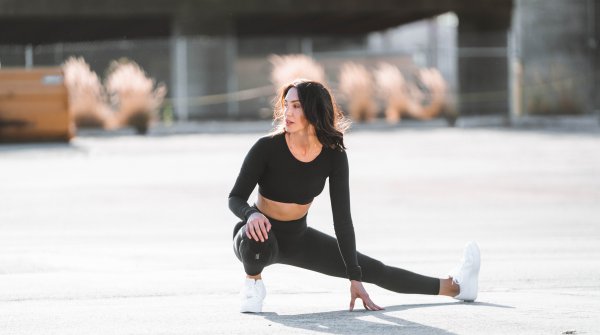
- ISPO awards
- Mountain sports
- Bike
- Design
- Retail
- Fitness
- Health
- ISPO Job Market
- ISPO Munich
- ISPO Shanghai
- Running
- Brands
- Sustainability
- Olympia
- OutDoor
- Promotion
- Sports Business
- ISPO Textrends
- Triathlon
- Water sports
- Winter sports
- eSports
- SportsTech
- OutDoor by ISPO
- Heroes
- Transformation
- Sport Fashion
- Urban Culture
- Challenges of a CEO
- Trade fairs
- Sports
- Find the Balance
- Product reviews
- Newsletter Exclusive Area
- Magazine
